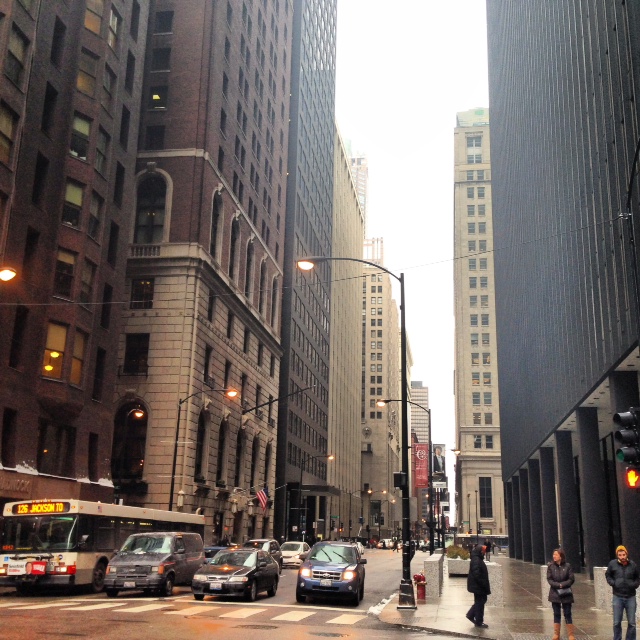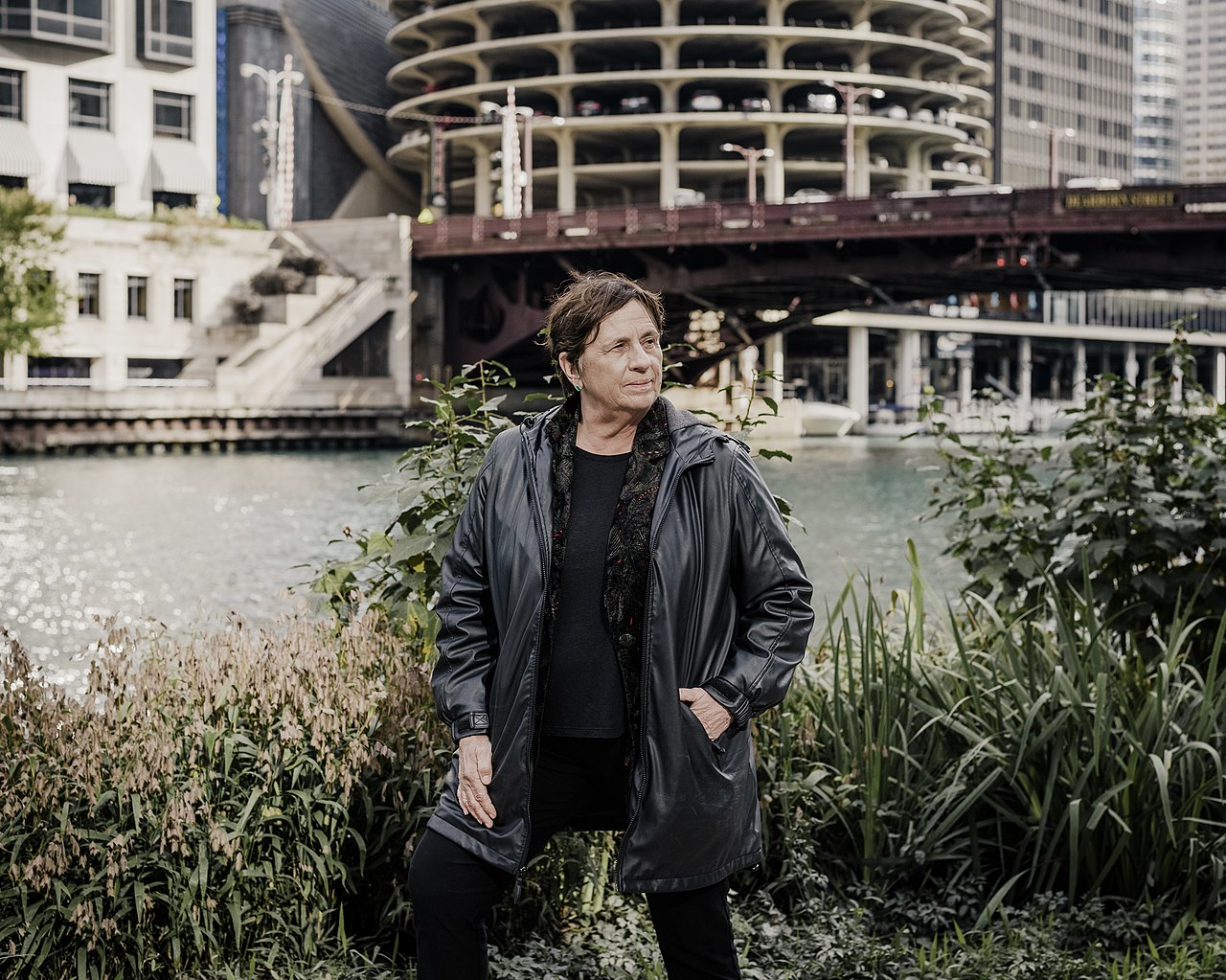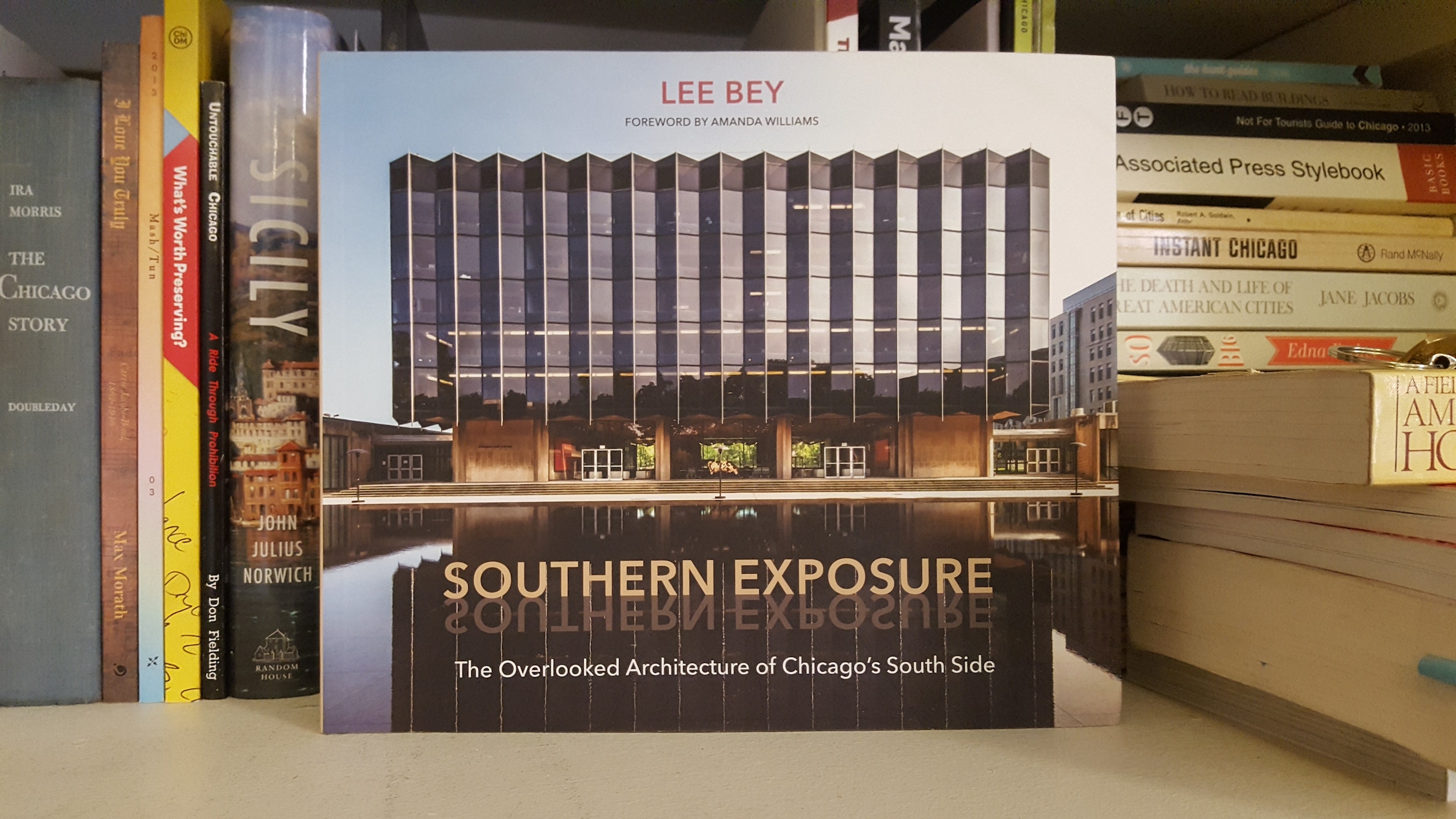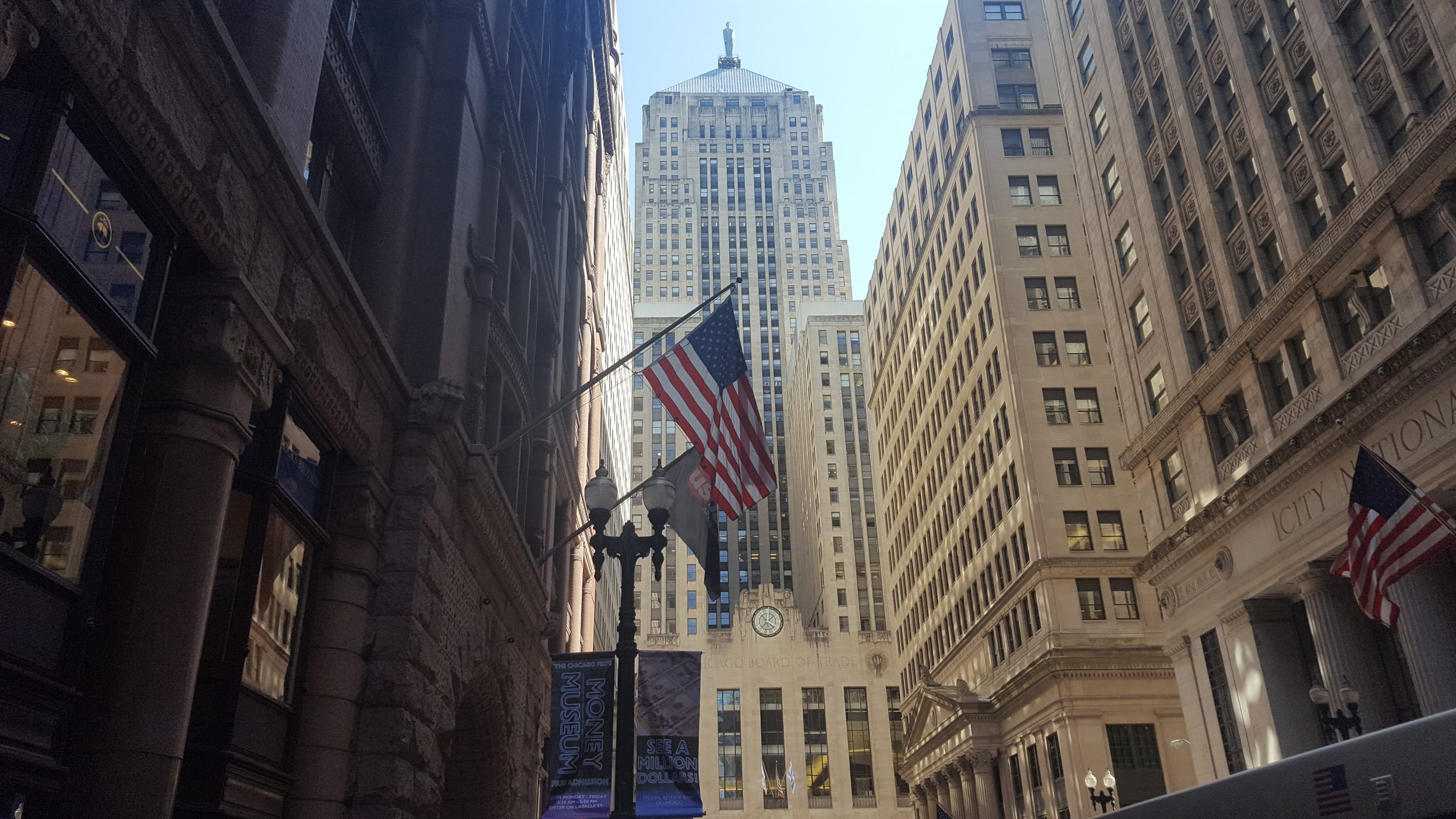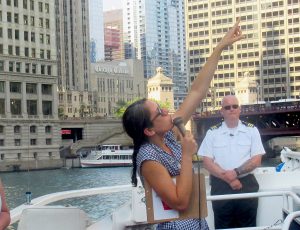A while ago I dug into the architecture of private club buildings in Chicago for a class. I had previously been inside of the opulent University Club for a special lunchtime talk. To be honest, I also just loved having an excuse to see the rest of these buildings. So I chose to focus my studies on the architecture of private club buildings in Chicago. These are the places of recreation and schmancy business meetings for Chicago’s movers and shakers.
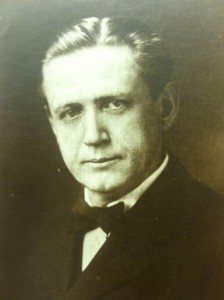
A Look From the Gilded Age
From the outside, the architecture of private club buildings in Chicago is very different from the rest of downtown. Most extant private club buildings in Chicago were built in the early 1900’s. That was the heyday of the “Commercial Style,” aka the “Chicago School,” which we discuss on our downtown architecture tours.
The very term commercial style belies the purpose of this design. These buildings were built more cheaply than previous masonry structures because of their steel frames. They were taller, meaning that they could have more floors, meaning that they could make more money.
The architecture of private club buildings in Chicago did not exactly follow the Chicago School, though. They knew that the architecture had to communicate the more personal–and less commercial–nature of what went on inside these buildings. For this reason, Chicago’s private clubs look unlike the historic office buildings of downtown that would have surrounded them about a century ago. We delve into their unique look on our Architecture of Money and Power Walking Tour of the Financial District.
The University Club
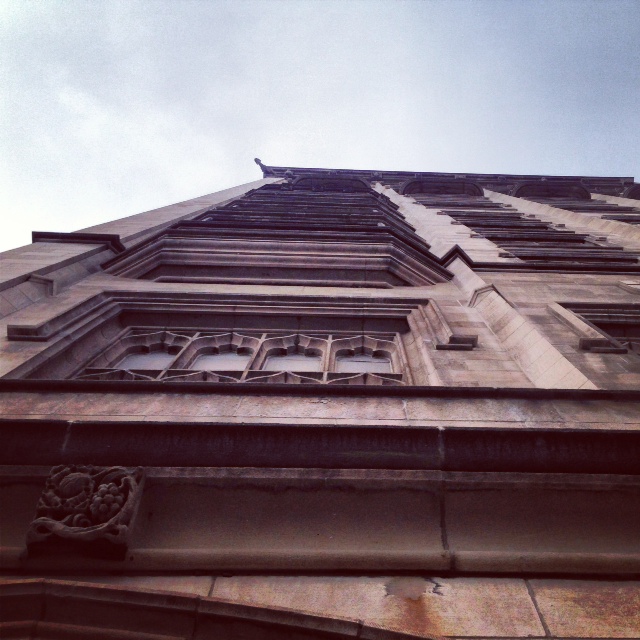
Take the University Club, for example. Originally the primary requirement for membership with this club was a degree from an Ivy League university (or somewhat equivalent college.) Early members particularly had degrees from the University of Michigan, and Northwestern, Yale and Harvard universities. All of these universities had Collegiate Gothic architecture, which was all the rage as new universities sought legitimacy via the historic architecture of Europe. Collegiate Gothic includes features like gargoyles, pointed-arch windows, steep gables, and stone. The architecture of the University Club thus communicates the identity of its members to outsiders and, for members, makes them feel at home with a familiar style of architecture.
Union League Club of Chicago

Let’s consider this angle of “home.” These private clubs, like the Standard Club or the Union League Club, were actually a home for many young men first moving to the city in the nineteen teens and twenties. Today these private clubs have hotel rooms, but initially they were actually dorm-style rooms. And also, the club was to be for members a sort of “home away from home,” a place where a man could shrug off some of the formalities of regular business life and relax over a cigar. And so the architecture of the Union League Club is more akin to a house than anything else. Thanks to a cool blog called Designer Slinger, we found that Mundie and Jensen, the architects for the Union League Club, actually modeled its exterior after a house built just a few years before on Astor Street.
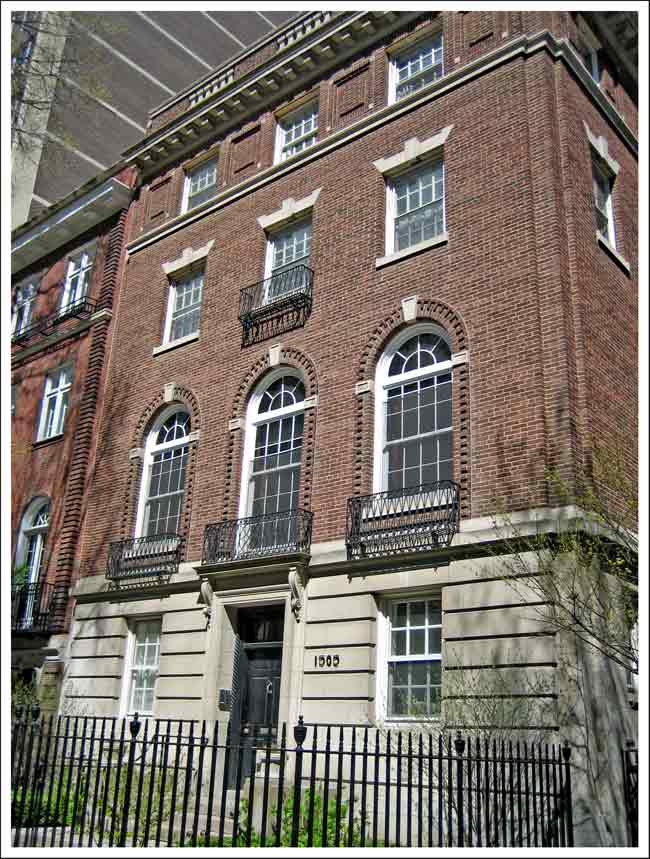
Both the house and club (pictured below, on the left) use limestone on the ground floor, and then brick above, but of course here we have a much larger scale. So much about the exterior of the Union League Club evokes a home more than a standard downtown building. With its colonial red brick and limestone facade is a hallmark the Georgian Revival Style. This was common to London townhouses from the 18th-19th century. Essentially, this private club building in Chicago is the mansion on Astor Street stretched vertically.
Also, while most skyscrapers downtown had historically utilized the “Chicago window” or windows with upper and lower sashes, on the Union League building we get muntins, the white grids that you most often find in residential architecture. Today the building stands in a stark, dramatic contrast to the buildings around it, including the Federal Center.
The Chicago Club
Then we can consider the architecture of the Chicago Club, one of the most exclusive of them all. Just glancing at the building you can tell that we are not supposed to see in. It’s thick stone walls create a barrier that expresses the barriers to its membership. The windows are elevated well above the sidewalk. This allows members to see out – but no one can see in. It always intrigues guests on the 1893 World’s Fair Tour.

The Chicago Club did not welcome me to tour the architecture of the building’s interior. But I did get to tour the University Club, the Standard Club, and the Union League Club of Chicago. You’ll just have to stay tuned for Part II for a peek at the architectural interiors.
— Executive Director, Amanda Scotese

